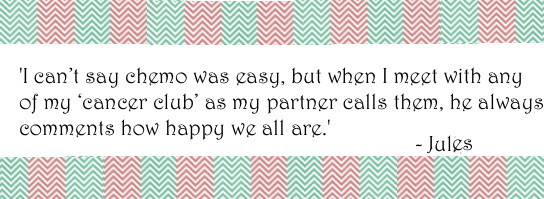BEING MORTAL: Medicine and What Matters in the End
By Atul Gawande
Metropolitan Books/Henry Holt & Company, 2014.
Review by Kerry Cue
Atul Gawande, surgeon and writer for The New Yorker, dreams of new ways of caring for the frail and old. He questions the bureaucratic nature of aged care institutions where the elderly are kept ‘safe’, but hardly ‘alive’. And he rails against the invasive, painful and ultimately futile medical procedures inflicted on the dying. Yet this book is no dry academic tome. Gawande tells the storxy of dying and death of his father, also a surgeon, from first discovering the tumor in the spinal column, through the family’s struggling with medical options – operate? His father might become a quadriplegic. Don’t operate, he may become a quadriplegic! – to his father’s final days.
There is one strong and clear message from this thoughtful exploration of the end stage. Patients could have good days even when dying. But to achieve this goal they must be asked, or think about, at least, ‘what are your greatest fears?’ and ‘what are your current goals?’ Simple questions but from the answers patients discover how they are to live in their final days and, eventually, die.
Gawande has managed to take the fear away from our modern, Western view of dying, which, in many aspects involves, an impersonal, sterile, ICU bed intubated with a tube down the throat and a total loss of control. Dying need not be like this. Gawande shows how the human spirit can flourish and life can be fully lived to the very end.
Photo source: Unsourced book review blog, Tapestry held in the Victoria and Albert Museum, London.












